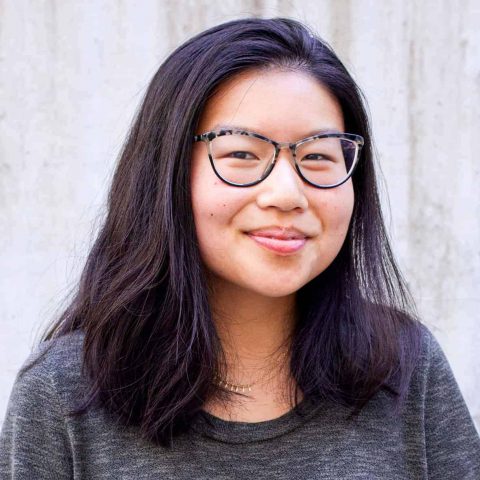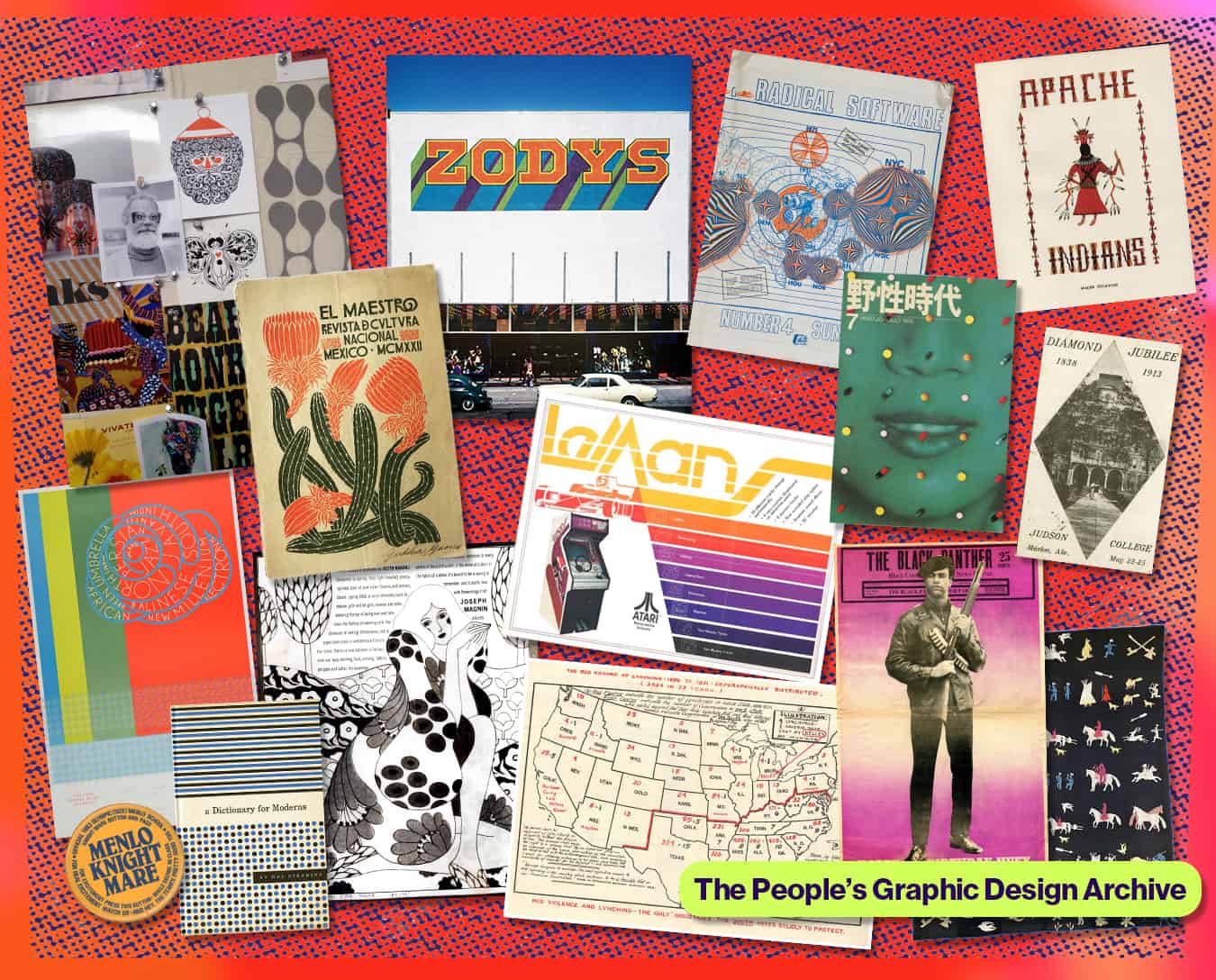Spotlight: Alumna Morgan Searcy

A National Park Service logo sketched in 1950. A Hallmark calendar from 1972. A 1948 NFL football trading card. They’re all featured in the People’s Graphic Design Archive (The PGDA), a crowd-sourced online collection documenting the history of graphic design that was recently featured in The New York Times. Auburn alumna Morgan Searcy is one of the driving forces behind the project. “The Archive is all about preserving the ‘everyday’ materials that have been a part of our visual lives,” explained Searcy, co-director of The PGDA. ”Anything designed, printed or made ten or more years ago belongs in the archive!”
A 2019 graduate of Auburn’s Graphic Design program, Searcy was named CADC’s Outstanding Undergraduate Student in Graphic Design and won the Graphis New Talent Annual Merit Award in 2018. In 2019, she received a Package Design Award and was named a “Student To Watch” by Graphic Design USA. She was also the winner of the “Publication” category in the 2019 Graphic Design Juried Show. As a student, Searcy served as the coordinator of Women of Auburn Industrial and Graphic Design and worked at the University Library.
After graduating, Searcy joined the design and strategy teams for two progressive campaigns: Elizabeth Warren’s 2020 presidential campaign and Jon Ossoff’s 2021 bid for the U.S. Senate. She also worked as the Brand and Creative Director of Rock the Vote, one of the first bi-partisan voting organizations for youth in the U.S. She currently directs her own studio through consulting, designing for Nike with Wieden+Kennedy Portland and co-directing the People’s Graphic Design Archive.
She began working with The Archive two years ago with three design leaders and educators, all interested in making design inclusive and accessible to wide audiences. “I started on the project right after the pandemic began,” Searcy said. “In Professor John Morgan’s Foundation I class, I began to gain an appreciation of folk and vernacular design—design that comes from people who don’t necessarily categorize themselves as ‘designers’.” At The PGDA, Searcy guides digital outreach and the collection of nontraditional works from designers and non-designers alike. “The Archive is encouraging people to think before throwing away unique design materials. The hope is that you will take pictures of that really unique cover you found in an antique sale or save the weird illustration on that school club t-shirt you still have in your closet.” Users can upload any design that is older than ten years, including essays, leaflets, ticket stubs, typefaces, correspondence, photographs and more, and there are currently over 5,000 items on the database.
Searcy says the goal of the project is to create a history of design that is inclusive. “I am hoping for The People’s Graphic Design Archive to be a way for me to engage with nontraditional designers, underrepresented communities and people who know nothing about graphic design but have ‘old’ stuff!” she stated. Graphic Design Program Chair Robert Finkel is not surprised that Searcy’s focus is on issues surrounding social progress and activism. “Morgan’s approach to graphic design was always underpinned with empathy for others and the belief that design is a powerful tool for social progress and equity,” Finkel said. “In school, she rarely took the ‘easy way out’ and instead sought to fully understand the issues she was tackling. It’s inspiring to see how she remains unwavering in this belief and continues to commit herself to empowering others.”
Not only is Searcy a co-director of the archive, but she is also a contributor. “I have added A Puritan Mills Feed NoteBook I found at an antique sale in North Georgia and a Snoopy for President pin used on Hart’s bread bags in the American South East-1960s,” she stated. She encourages everyone to visit the site, browse the diverse collection and start preserving graphic design history by uploading images to The Archive.

See more in:
Alumni,
AOI Archive,
Creative Work,
Industry Engagement